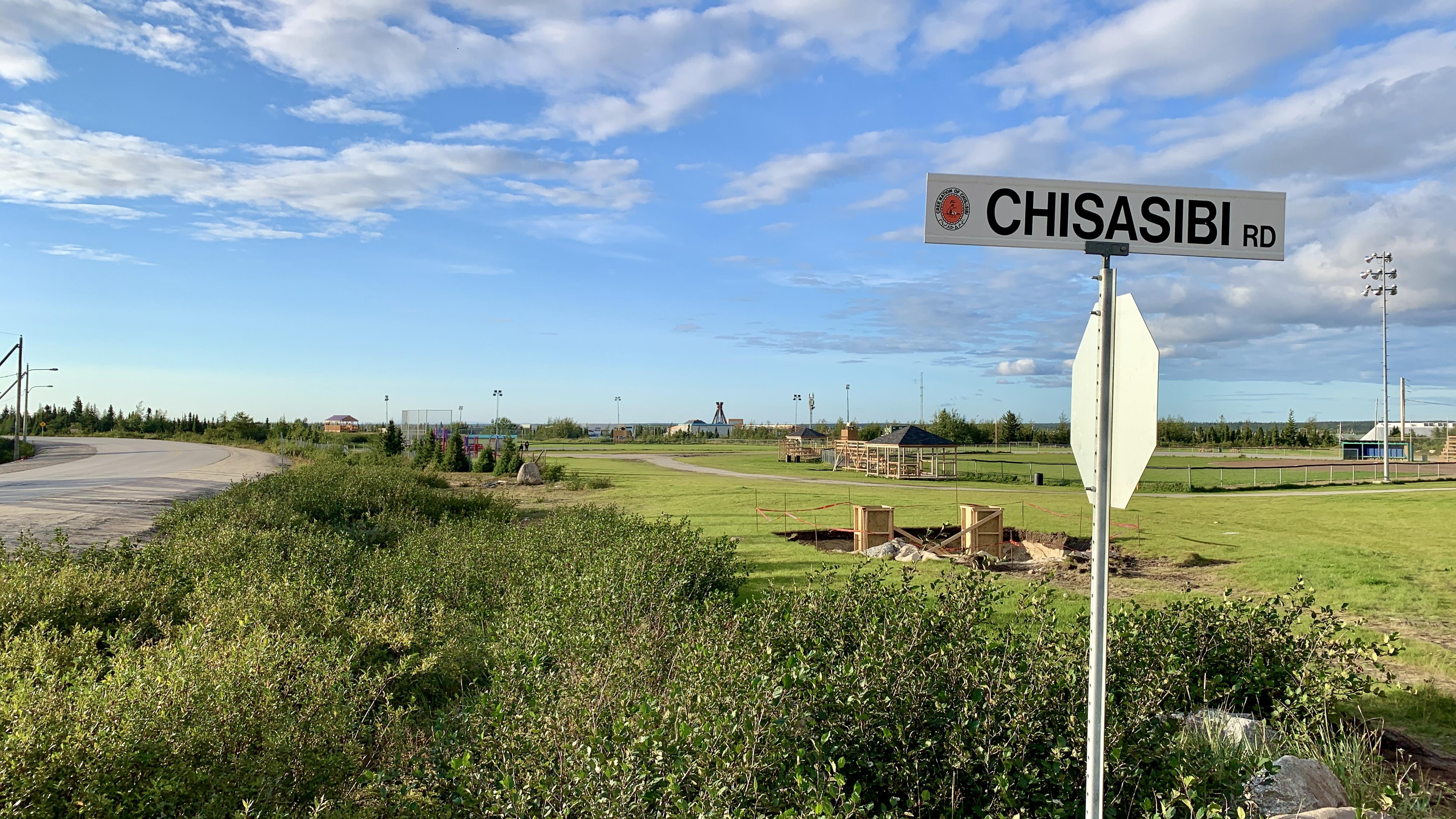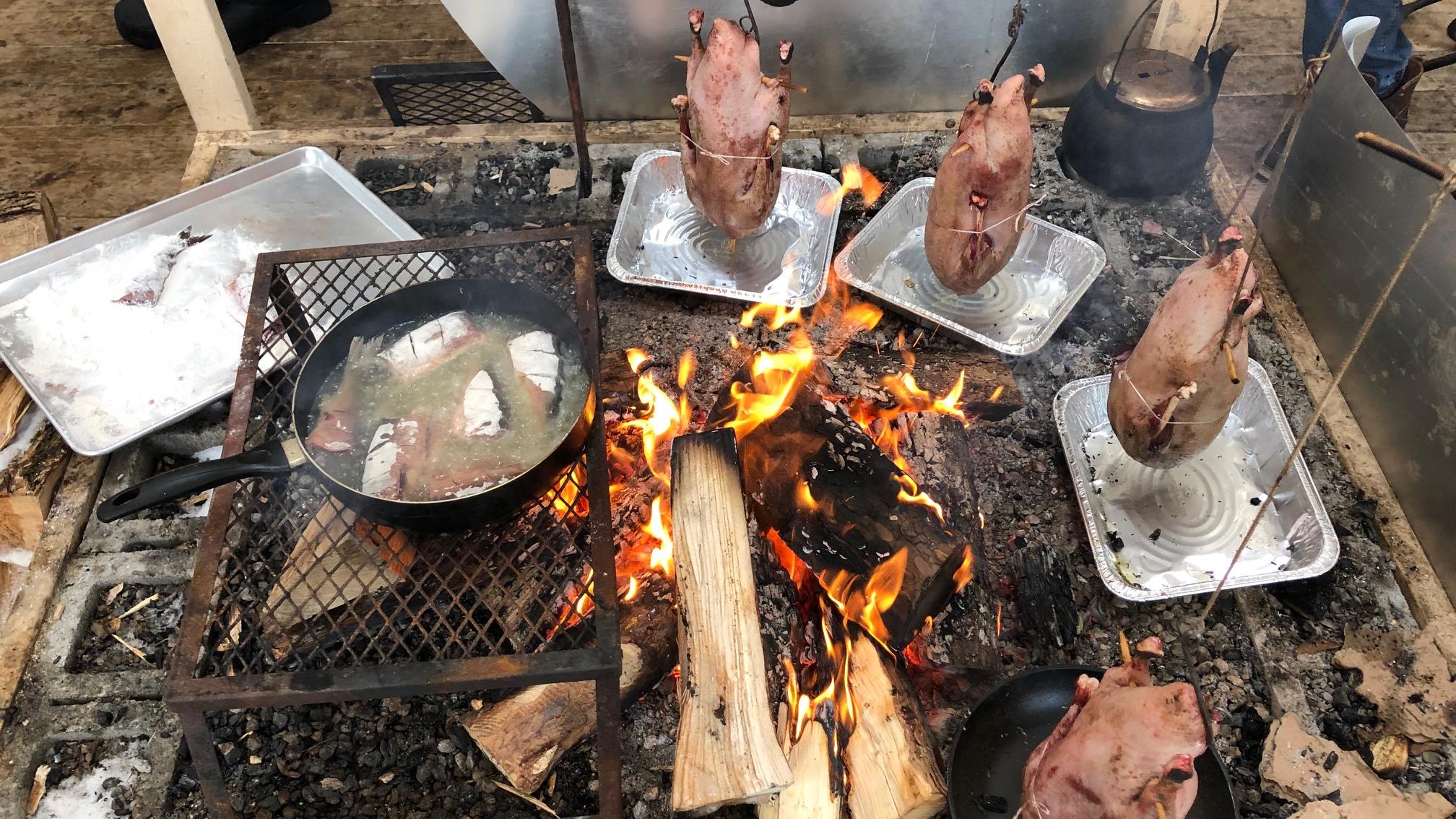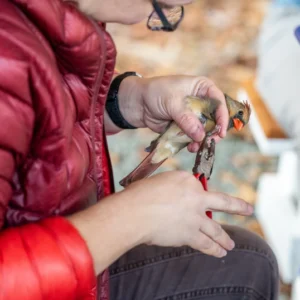Radio Canada: Impacts of wildfires on migratory birds concern Nature Canada
This article was translated from:
Les impacts des feux sur les oiseaux migrateurs préoccupent Nature Canada (Radio Canada)
 Forest fires prevented Nature Canada’s specialists from carrying out field work to study migratory birds. Photo: Radio-Canada / Daniel Coulombe
Forest fires prevented Nature Canada’s specialists from carrying out field work to study migratory birds. Photo: Radio-Canada / Daniel Coulombe
The closure of the Billy-Diamond highway over several weeks prevented specialists, dedicated to the protection of nature, from conducting planned surveys in Eeyou Istchee territory along the James Bay coast.
This work serves to provide scientific data to the Cree communities who are identifying areas within their lands to protect. Cree knowledge holders and tallymen are also involved. This summer, the fieldwork was meant to start in mid-July in the territory of Chisasibi and Eastmain Nations.
 Nature Canada’s researchers are used to traveling to Chisasibi to do migratory bird surveys. Photo: Radio-Canada / Jean-michel Cotnoir
Nature Canada’s researchers are used to traveling to Chisasibi to do migratory bird surveys. Photo: Radio-Canada / Jean-michel Cotnoir
“With the materials we need and the equipment we use, it is not really possible to go by plane. We were therefore waiting to see what was going to happen. It was never too clear how the situation was going to evolve. We pushed back the dates as far as possible until we had to cancel field-work altogether,” laments Ted Chesky Naturalist Director for Nature Canada.
Few Documented Impacts
Facing this change in plans, the non-governmental organization and its Cree partners chose to evaluate and document the impacts of the fires on the migratory birds that they study. These impacts are poorly documented.
 Geese make up part of Cree traditional food. Photo: Radio-Canada / Mathias Marchal
Geese make up part of Cree traditional food. Photo: Radio-Canada / Mathias Marchal
“With Cree partners, we started to speak about the impacts of these enormous fires: The impact on communities, but also on nature, and on our own specialty, birds. Therefore, we decided to pivot this year. There is a story to tell that we never hear about,” Mr. Cheskey argues.
According to him, the fires could have had a very significant impact on migratory birds which go to the north each summer to breed.
“The fires occurred during nesting time, when birds are most vulnerable. They are sedentary, stuck in their nests. They have eggs, chicks.”
— Ted Chesky
This is without taking into account the effects of smoke on the insects that birds often rely on for food. Or even the poor air quality directly affecting the health of birds.
Climate Change
Ted Cheskey believes it is necessary to quickly acquire and share scientific knowledge on these impacts which can also be felt by the Cree who live in line with Nature’s rhythm.
“In the context of climate change and the loss of biodiversity, this reveals an opportunity, in my opinion. We need to pull out all the stops for it to work. I believe that telling the story of the impact of forest fires on birds is a way of raising awareness and building interest in the hopes that it will yield something,” attests Ted, who met with knowledge holders in Chisasibi a few weeks ago.
Ted Cheskey also wants to implement a longer-term monitoring study on the consequences of fires on the birds of the territory.
Subscribe to our emails to receive regular updates about what we’re doing to protect nature — and how you can help.



